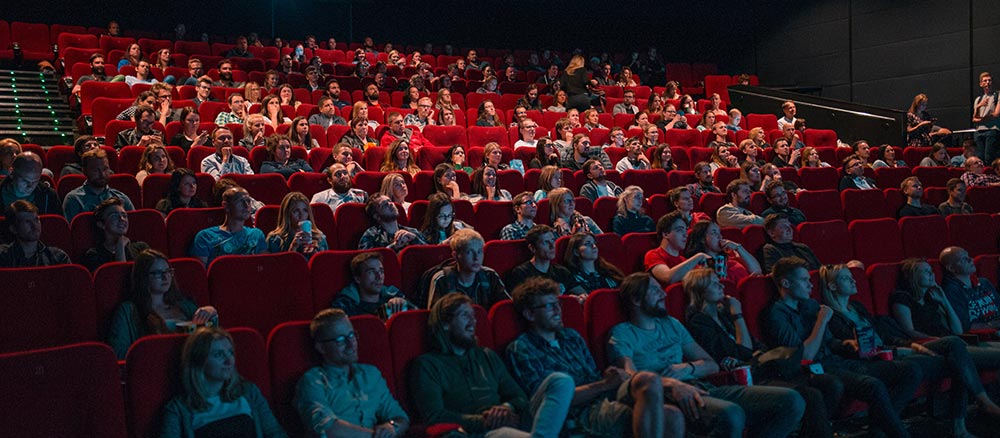
Behind the Laughter: The Complex World of Comedy Writing in Television
In an era characterized by a constant flow of content, one genre of television remains a consistent favorite: comedy. But what goes into creating those laugh-out-loud moments that audiences love? Comedy is often seen as effortless fun, but behind the scenes, it's a meticulous craft, requiring a nuanced understanding of timing, character development, and societal norms. Let's take a deep dive into the complex world of comedy writing in television.
The Evolution of Comedy Writing
The comedy genre has seen a dramatic transformation over the years. From the slapstick of "I Love Lucy" to the absurdity of "Monty Python," each era has brought its own flavor to the comedy scene. With the rise of streaming platforms, comedy writing has evolved yet again, accommodating diverse voices and experimental formats that challenge traditional norms.
The Anatomy of a Joke
A well-crafted joke is a blend of setup, expectation, and punchline. Comedy writers often start with a premise or an ordinary situation and then twist it in an unexpected direction to evoke laughter. Shows like "The Office" excel in this area, taking mundane workplace situations and infusing them with awkwardness or irony that feels both surprising and relatable.
Character-Centric Comedy
Some of the most memorable comedy comes from well-developed characters whose quirks and flaws make them endearing and hilarious. For instance, "Arrested Development" thrives on the distinct personalities of its ensemble cast, from George Michael's awkward innocence to Gob's absurd self-confidence. In such shows, the comedy is character-driven, relying on the audience's deep understanding of who these people are.
Satire and Social Commentary
Comedy also serves as a powerful tool for critique and social commentary. Shows like "Saturday Night Live" or "South Park" often delve into political satire, using humor to challenge prevailing social and political norms. Comedy writers walk a fine line here, balancing humor with insight without becoming too preachy.
The Role of Collaboration
Comedy writing is rarely a solitary endeavor. Writer's rooms are often filled with talented individuals who bounce ideas off one another, refining jokes and storylines through collaboration. This group dynamic can be pivotal in identifying what works and what doesn’t, resulting in a polished final script that resonates with audiences.
The Changing Landscape
The advent of social media has revolutionized comedy writing, with Twitter and other platforms serving as testing grounds for new material. The immediate feedback loop allows writers to gauge public reaction quickly, offering a unique advantage (and challenge) in crafting humor that lands well.
Comedy may look simple from the outside, but it is an intricate form of art that involves a deep understanding of human psychology, societal norms, and the complex mechanics of humor. Whether it’s the situational awkwardness of "Curb Your Enthusiasm," the fast-paced wit of "Veep," or the character-based humor of "Parks and Recreation," the craft behind the laughter is a fascinating world of its own.
So, the next time you find yourself cracking up while watching your favorite comedy show, take a moment to appreciate the brilliant minds behind those laughs. They've likely spent hours honing each joke, each funny scenario, each comical character, all for the sake of your entertainment. And isn't that something to smile about?